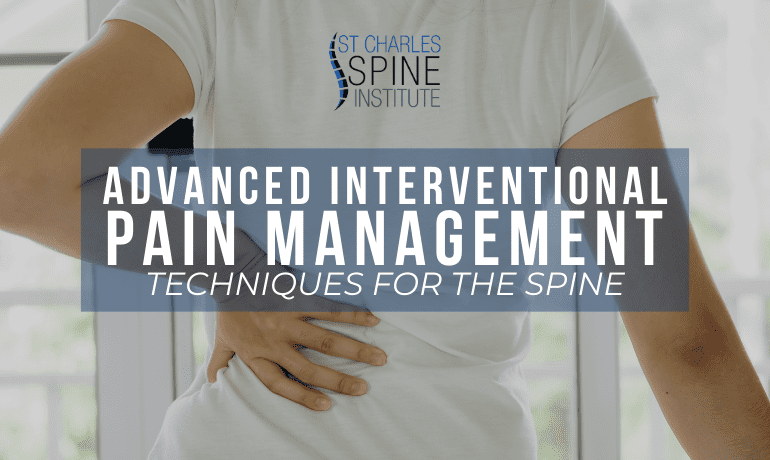Advanced Interventional Pain Management Techniques for the Spine

Back problems are notoriously burdensome. Because the spine is involved in nearly every bodily movement, those who suffer from back problems experience persistent pain and often have limited mobility, creating additional problems. Chronic spine-related pain reduces one’s overall quality of life; without the ability to move without pain, people tend to move less, leading to sedentary lifestyles and muscle atrophy. It inhibits their ability to carry out the daily tasks needed to live comfortably and independently. It also deprives them—and those who care for them—of the ability to partake in activities they once enjoyed.
St. Charles Spine Institute is dedicated to addressing spinal afflictions with advanced and innovative treatments that can restore mobility and stop pain. One potential avenue for addressing a back problem is interventional pain management. Advanced techniques in interventional pain management can provide long-term relief for patients suffering from spinal pain without the need for invasive surgery.
While traditional non-invasive treatments like medications and physical therapy may not always provide adequate relief, advanced interventional techniques can offer targeted and lasting solutions. Here are some effective interventional pain management techniques we have used successfully with patients at our clinic.
What Is Interventional Pain Management?
Interventional pain management focuses on minimally invasive procedures to diagnose and treat chronic pain. Unlike oral medications, which provide temporary relief, interventional techniques directly target the source of pain, often leading to longer-lasting and more effective results. These procedures are particularly beneficial for individuals suffering from conditions such as:
- Herniated or bulging discs
- Spinal stenosis
- Degenerative disc disease
- Facet joint arthritis
- Sciatica and nerve compression
- Post-surgical back pain
Effective Interventional Pain Management Techniques
St. Charles Spine Institute offers a range of advanced treatments tailored to each patient’s condition and needs. Here are some of the most effective interventional procedures available:
1. Epidural Steroid Injections (ESIs)
Epidural steroid injections relieve the inflammation and pain caused by nerve compression. They involve injecting an anti-inflammatory corticosteroid medication into the epidural space around the spinal nerves.
- Best for: Sciatica, herniated discs, spinal stenosis
- Benefits: Provides significant pain relief, reduces inflammation, and improves mobility
- Recovery: Quick, with minimal downtime
2. Facet Joint Injections
Facet joints are the small joints between the vertebrae. Facet joint injections treat pain with a local anesthetic and anti-inflammatory medication that helps reduce pain and inflammation.
- Best for: Arthritis, facet joint syndrome, chronic back pain
- Benefits: Provides targeted pain relief and can help confirm the source of pain
- Recovery: Typically, patients are able to resume their normal daily activities within 24 hours
3. Radiofrequency Ablation (RFA)
In this minimally invasive procedure, radiofrequency ablation uses heat generated by radio waves to disrupt transmission of pain signals from the affected spinal nerves.
- Best for: Chronic lower back pain, facet joint arthritis, sacroiliac joint dysfunction
- Benefits: Provides long-term relief (6 months to 2 years), reduces the need for pain medications
- Recovery: With minimal downtime, patients can return to daily activities quickly
4. Spinal Cord Stimulation (SCS)
In the SCS procedure, a small device is implanted near the spine that emits mild electrical pulses at the spinal cord to block pain signals before they reach the brain.
- Best for: Chronic back pain, failed back surgery syndrome, neuropathic pain
- Benefits: Provides customizable pain relief, reduces reliance on medications, reversible procedure
- Recovery: Outpatient procedure with a short recovery period
5. Kyphoplasty and Vertebroplasty
These minimally invasive procedures are designed to stabilize spinal fractures, particularly those caused by osteoporosis or trauma. During the procedure, a probe is used to place a tiny balloon in the fractured vertebra and then inflated to restore space in the compressed vertebra. A special bone cement is then injected into the space to relieve pressure on the nerve, provide strength to the joint, restore height, and reduce pain.
- Best for: Vertebral compression fractures
- Benefits: Restores spinal height, provides immediate pain relief
- Recovery: Most patients are able to resume their normal activities within a few days
6. Intrathecal Pain Pump Implantation
This technique involves implanting a small pump near the injured area to deliver pain medication directly to the spinal fluid. It allows for more effective and targeted pain control with lower medication doses than traditional oral or injection delivery.
- Best for: Severe chronic pain, cancer-related pain
- Benefits: Reduces systemic medication side effects, provides continuous pain relief
- Recovery: Requires a short hospital stay for implantation
Who Is a Candidate for Interventional Pain Management?
Interventional pain management techniques are ideal for patients who:
- Have chronic spinal pain that has not responded to conservative treatments
- Prefer to avoid or delay more invasive procedures
- Are looking for long-term relief without relying on opioids
- Need a minimally invasive option with a shorter recovery time
If you have persistent back or neck pain that interferes with your daily life, a consultation with our spine specialists can help determine which interventional procedure may be right for you.
Why Choose St. Charles Spine Institute?
Before undergoing any interventional pain management procedure, our team at St. Charles Spine Institute will conduct a thorough evaluation, including imaging studies and diagnostic tests, to identify the source and cause of your pain. Most of the procedures outlined above are performed in our clinic on an outpatient basis, meaning patients need not spend any time in a hospital. Recovery times can vary, but patients generally experience significant relief within days to weeks of treatment.
Located in Thousand Oaks in Southern California, St. Charles Spine Institute is a leader in advanced spinal care. Our team treats a wide variety of spinal injuries and conditions using cutting-edge technologies and techniques, including interventional pain management, to help patients regain mobility and live pain-free lives. We tailor each treatment plan to address the particular needs of each patient based on our diagnosis of the problem and an individualized analysis of what we believe to be the most effective remedy.
If chronic back pain is affecting your quality of life, an advanced interventional pain management technique may provide the relief you need. Contact St. Charles Spine Institute today to schedule a consultation and explore your treatment options. Let us help you take the next step toward a pain-free, more active life.
